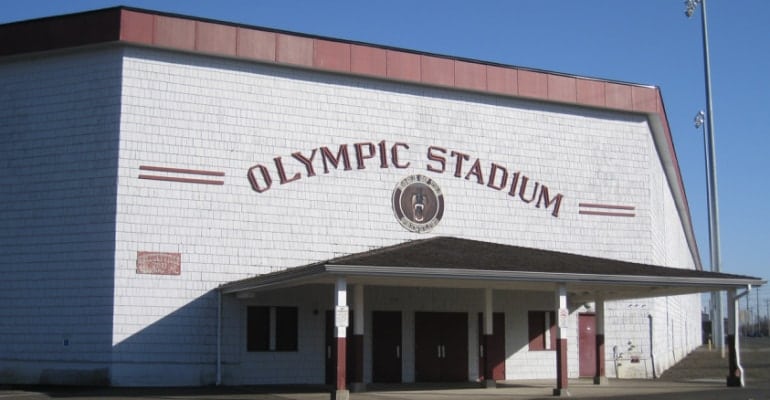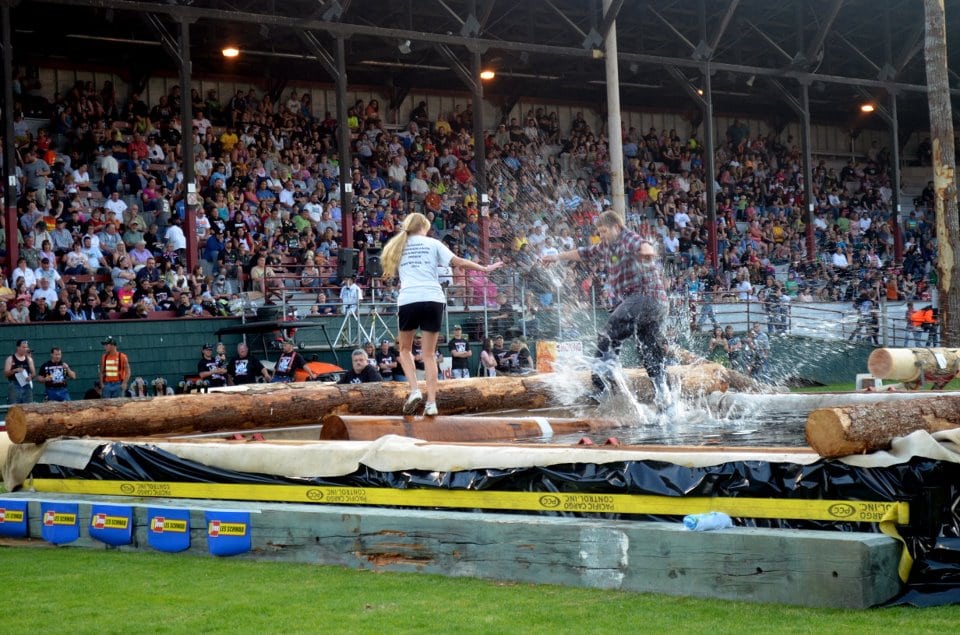The Hoquiam Olympic Stadium is a Grays Harbor treasure, rich in history, and a shining icon of community pride. Located near the Hoquiam and Aberdeen border along Cherry St, the stadium is listed on the National Register of Historic Places and is nationally recognized for its historical importance. Through the years, the stadium has played an integral part in celebrating the community, hosting festivals, including The Push Rods car show and the Hoquiam Blue Grass Festival, as well as music concerts and sporting events. Even a rally for a presidential candidate. Let’s take a closer look at the history of the stadium and see how it’s iconic past continues to inspire the present.

Funded through President Franklin Delano Roosevelt’s New Deal WPA (Works Progress Administration), the stadium officially opened to the public on November 24, 1938. This was the date of the big game between Hoquiam and Aberdeen, the longest running rivalry in high school football in the state. In fact, during the construction of the stadium crews recognized that they would not be able to complete the project before the game, so they hired a night crew, working around the clock to meet their deadline. There was even a naming contest open to the public for the stadium, with the winner receiving a free three-year pass to all stadium events. Constructed from local old growth fir, much of which was donated by the Polson Logging Company, the stadium grandstand forms an L shape and is enclosed on the Western side, protecting spectators from encroaching storms from the Pacific Ocean. Stadium architects designed the facility to house both baseball and football fields, a unique feature of the era’s grandstands. Read more here: http://www.graysharbortalk.com/2018/05/27/exploring-the-history-of-the-hoquiam-olympic-stadium/
